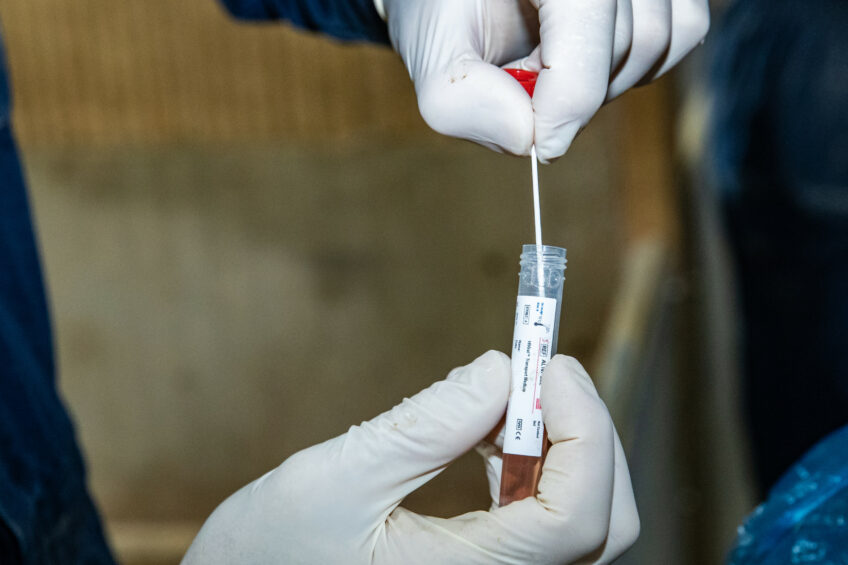France reports surge in swine flu outbreaks as new genotype evades immunity

An unexpected spike in swine flu outbreaks has hit French pig farms, with 661 cases reported in the first year following the emergence of genotype H1N2#E—up from an average of 400. According to ANSES researchers, the new virus, likely originating from Denmark, spread rapidly after evading immunity built from previous infections and vaccines.
In 2020, a new genotype of swine influenza virus H1N2#E emerged in France and quickly replaced certain previous strains. First detected in Brittany, the virus quickly spread throughout mainland France. Scientists at the Ploufragan-Plouzané-Niort Laboratory of ANSES, the French Agency for Food, Environmental and Occupational Health & Safety, therefore conducted a study to understand how this rapid change could have occurred.
Evasion of pre-existing immunity
“We noticed this new genotype because it was associated with an increase in outbreaks and severe cases of flu in pigs, characterised by high fever, respiratory problems, coughing and also abortions in sows”, explains Gaëlle Simon, head of the Pig Immunology and Virology Unit.
To better understand this rapid emergence, scientists at ANSES analysed samples collected between January 2019 and December 2022. That analysis confirmed that they were genetically and antigenically different from those previously present in France. “This difference meant that they were able to evade the pre-existing immunity of pigs, resulting from previous infections or vaccination” explains the researcher.
Orginating in Denmark
Comparison with the other known swine influenza viruses showed that this genotype probably originated in Denmark. It most likely arrived in France through imports of infected animals, whether directly or via other European countries.
The emergence of a new variant may also increase the risk of transmission to other animal species and to humans, Anses warns. “The H1N2#E virus has caused several outbreaks of infection on turkey farms since 2020 and was responsible for a serious human case of swine flu in 2021. Human exposure to swine influenza viruses increases the risk of reassortment with a human flu virus, which could lead to the emergence of a virus that is better adapted to humans. As pigs are also susceptible to human and avian influenza viruses, these animals can end up being mixing vessels for viruses. The last flu pandemic, which occurred in 2009, was caused by a swine influenza virus”, underlines the scientist.
Necessity of strict bio-security
The introduction of this virus underlines the necessity of strict bio-security at all pig farms, ANSES stresses. That includes the quarantine of all new animals arriving at a farm as well as a surveillance of all animals for signs of a pig flu infection. The organisation adds that, so far, notification of such infections is not compulsory in France.







